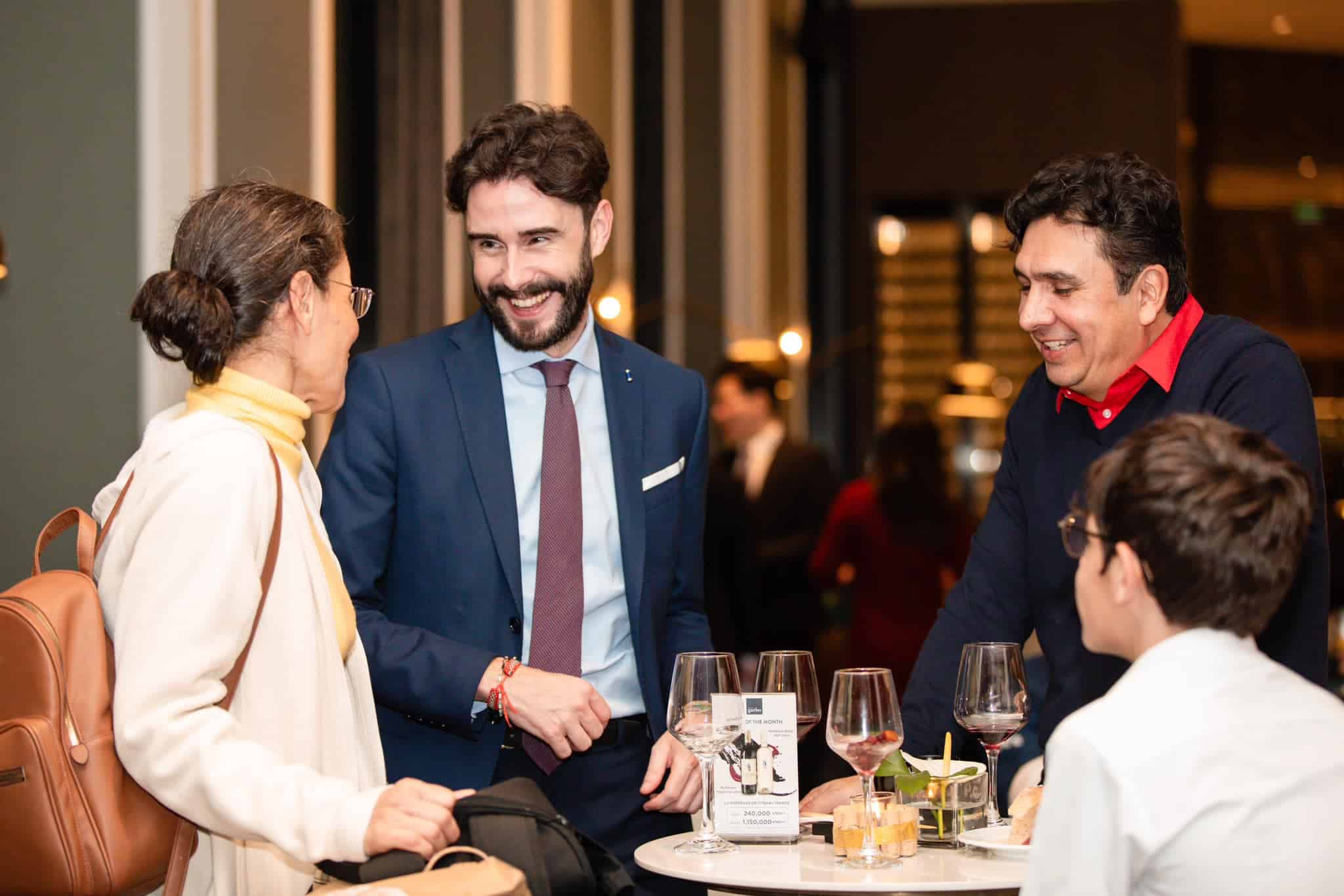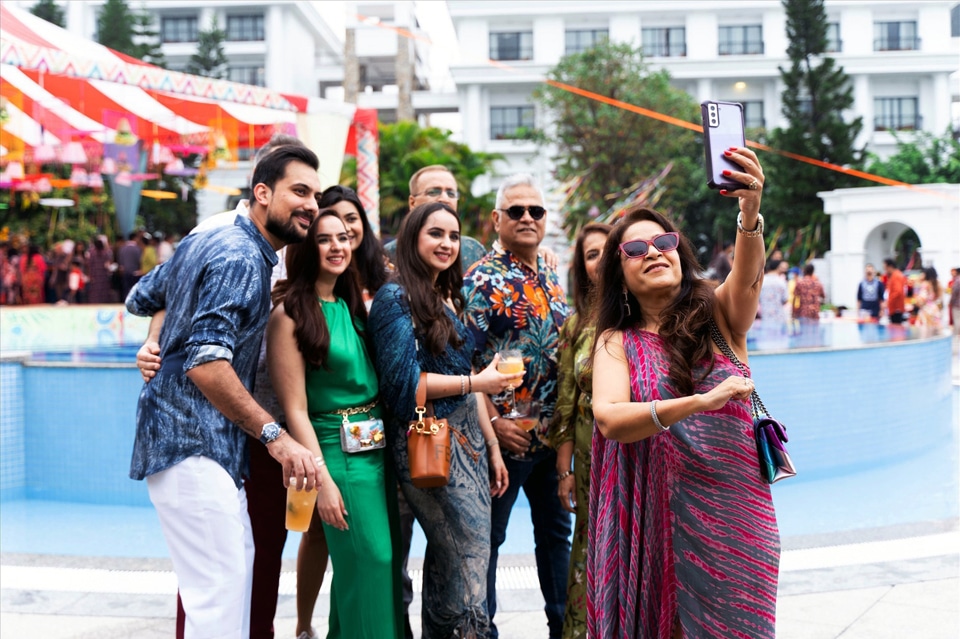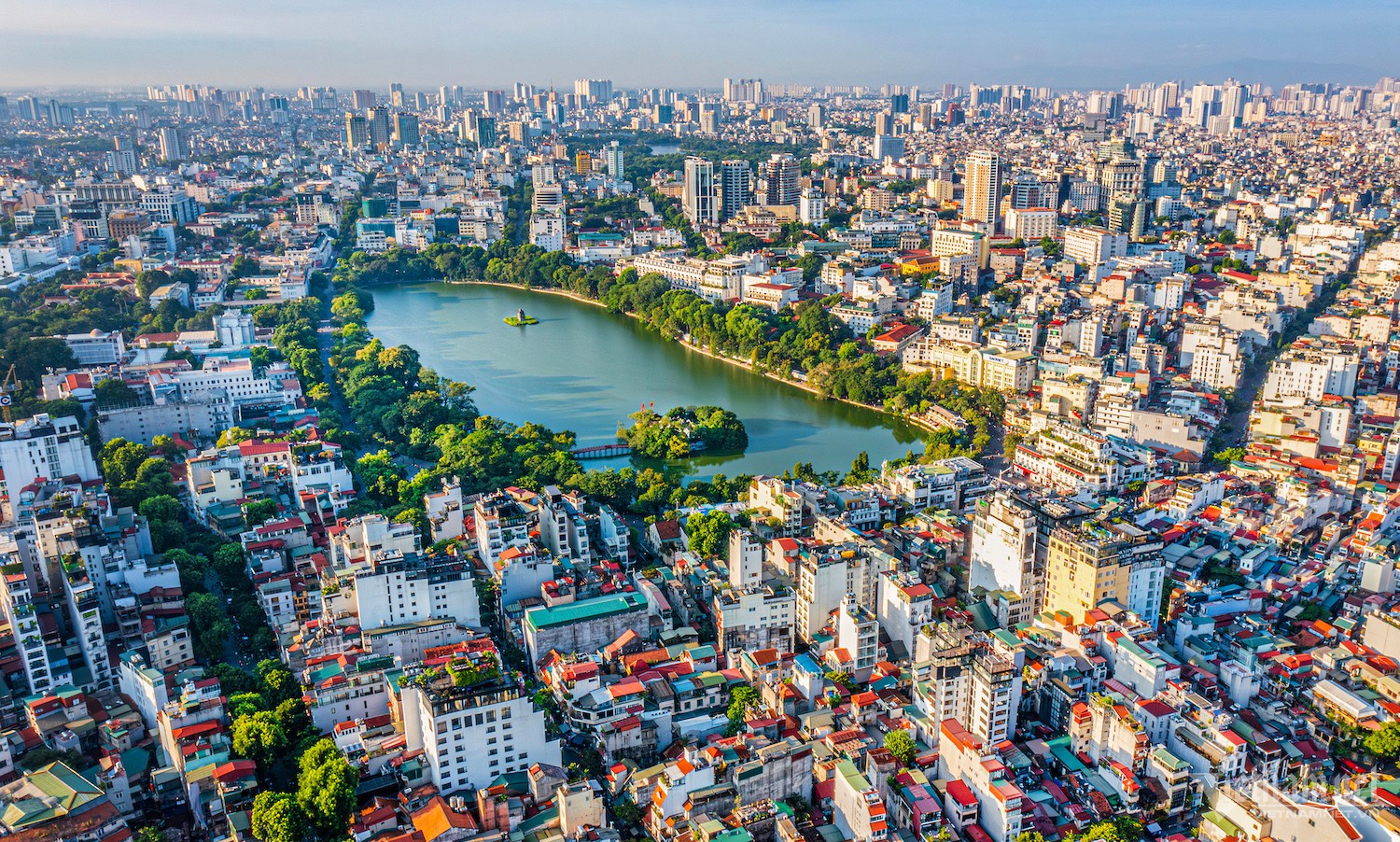Experts suggest that Vietnam should focus on developing a high-quality tourism market as a strategy to attract more upscale travelers.
Vietnam is not just a destination for “Western backpackers,” but also attracts many billionaires and wealthy tourists. This was highlighted by Deputy Minister of Culture, Sports and Tourism Ho An Phong at the recent conference on “What Products for High-End Visitors to Vietnam.”
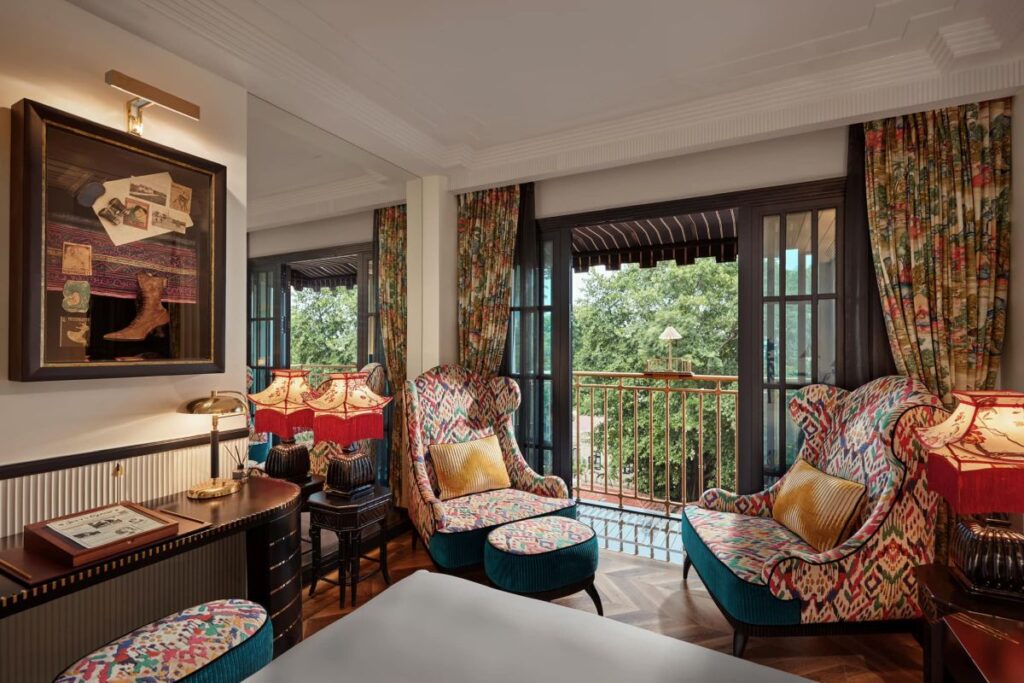
Currently, there is no detailed assessment of the number and segments of travelers to Vietnam or their spending in 2024. However, several experts estimate that these figures will be equal to or surpass those of 2019. In the first nine months of the year, the country welcomed over 12.7 million international arrivals, surpassing the 2023 level and reaching 99% of the benchmark for the same period in 2019.
“Previously, three-star hotels were the top sellers, now it is the five-star,” said Phong. However, the number of high-end customers, characterized by higher spending power, is still modest.
According to Nguyen Hoai Bao, Director of Wildtour, the first step is to identify the segment of high-end tourists and their preferences, as a foundation for developing suitable products. High-end tourists are individuals with high incomes who seek exclusive experiences, demand personalized services and top-quality amenities, are interested in sustainable development, and tend to travel in order to maintain or enhance their personal well-being.
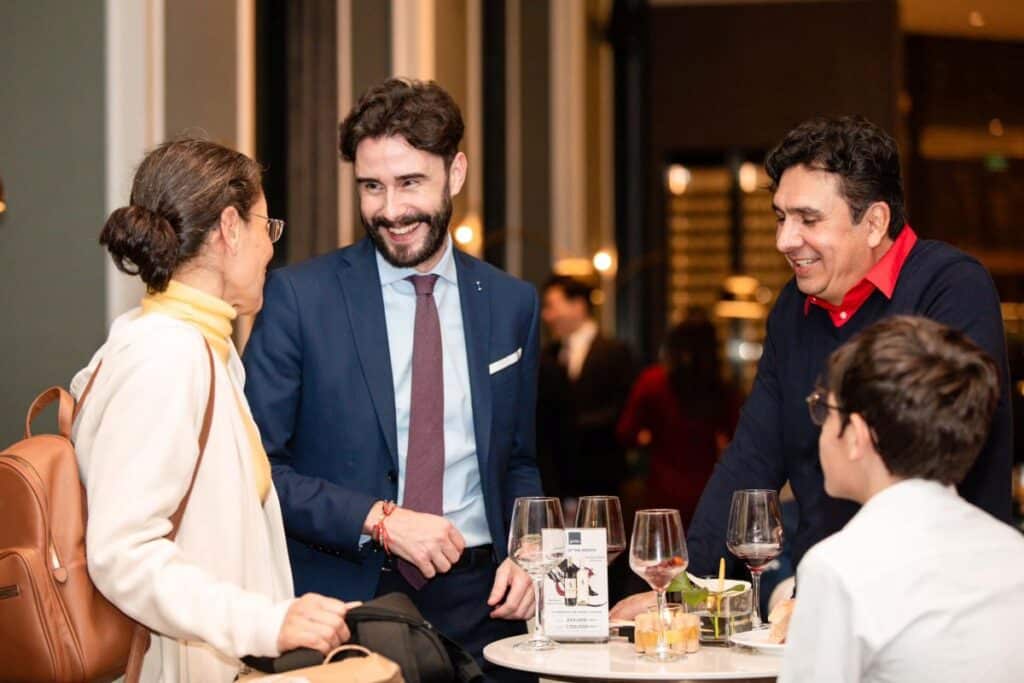
Director of the Vietnam National Authority of Tourism Nguyen Trung Khanh added that the luxury segment was also fond of cruises, yachts, exploration and adventure tourism. Besides, MICE (Meetings, Incentives, Conferences and Exhibitions) tourists are also a segment that requires special attention as they come in large numbers, spend large amounts of money, stay for long periods, and consume numerous services that are mostly four- and five-star.
As suggested by Liam Cordingley, lead economist at Oxford Economics’ Singapore regional center, Vietnam must position itself as a quality tourism market to attract high-quality tourists. In reality, such markets are limited in number and highly competitive on a global scale. Therefore, to appeal to this tourist segment, two key questions need to be addressed: “What factors motivate tourists to choose a destination?” and “What encourages them to spend more?”
Oxford Economics’ research shows that catering services are one of the major drivers of tourist destination choice. In particular, high-end tourists are those who pay more attention to cuisine than middle-class and budget travelers. Furthermore, destinations that offer luxury food and beverage services pull in 2.5 times more affluent visitors than those with ordinary services. These customers are also willing to pay more for a fine dining experience, but these services must be worth the money spent. On average, visitors to Southeast Asia in general and Vietnam in particular are willing to pay an additional US$250 per person per day to find such gastronomic delights.
The path to the Great Wall of Vietnam in Son Doong Cave. The Son Doong Cave Expedition is one of Vietnam’s high-end tourism products, which costs up to more than VND70 million (nearly US$3,000) per person.
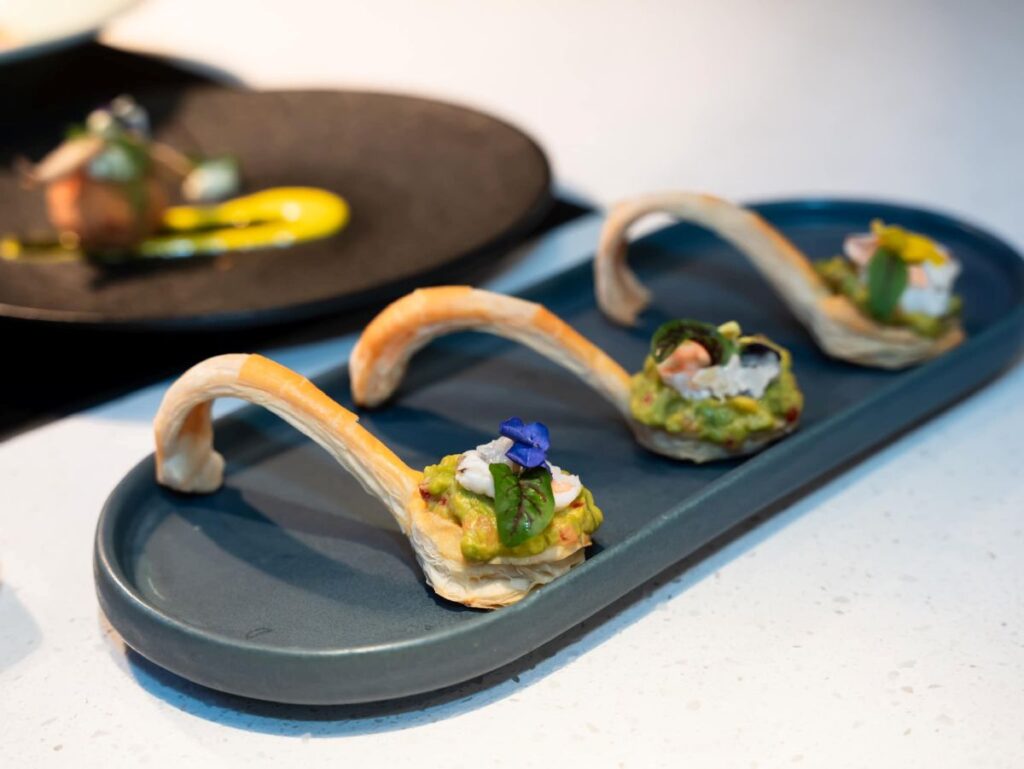
Affluent travelers are also very concerned about food safety and hygiene. 84% of respondents said that reliability and safety are the most important factors in cuisine and play a key role in choosing a destination. The Oxford Economics representative hopes that Vietnam can harness high-end culinary services to entice visitors to spend more.
At the same time, experts also believe that it is advisable to enhance service quality and provide “tailor-made” products for this segment of tourists. For example, since Korean visitors are keen on golf tourism, Vietnam should have a policy to develop and promote golf tourism products to serve these customers.
According to Huynh Thi Xuan Lien, chairwoman of CAO Fine Jewelry, high-income international travelers are really keen on luxury Vietnamese handicrafts, especially those crafted by skilled artisans. They are willing to spend three times more than ordinary visitors. Therefore, Vietnam can develop high-end shopping products such as jewelry, just like Dubai is doing.
Meanwhile, Nguyen Quoc Ky, founder and chairman of Vietravel, said that a high-end product can become a luxury one if the right techniques are used, and vice versa, a high-end product can become average if the wrong techniques are applied.
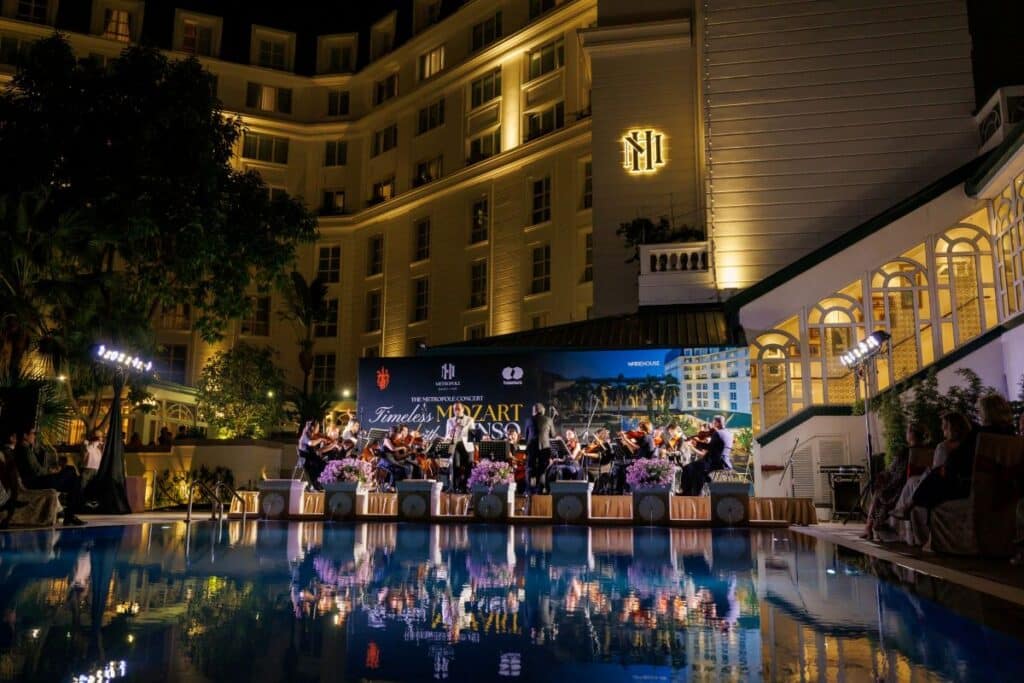
In the process of tourism product upgrading, it is crucial to pay attention to customers’ emotions. It is their feelings that will determine whether a particular product is high-end or low-end.
“A hotel with 5-star facilities but unprofessional staff and poor service will still get a 0-star rating in the eyes of tourists,” said Ky.
Santiago Cabre, General Manager, Melia Hanoi Hotel, said they are targeting high spending customer markets include Europe, Northeast Asia, North America, India, and selected Middle Eastern countries.
“Visitors who stay longer often return after exploring Hanoi and other regions. While the higher price point may not consistently attract longer stays, a significant portion of our target clientele, including business and leisure travelers, opts for longer stays,” he stated.
He also suggests that Vietnam is a very reasonable place to retire, especially for those who love adventure, beautiful beaches, scenery, cuisine, history, and unique homegrown culture; therefore, an open and reasonable visa policy will greatly benefit tourism.
By Jenna Duong/The Hanoi Times


